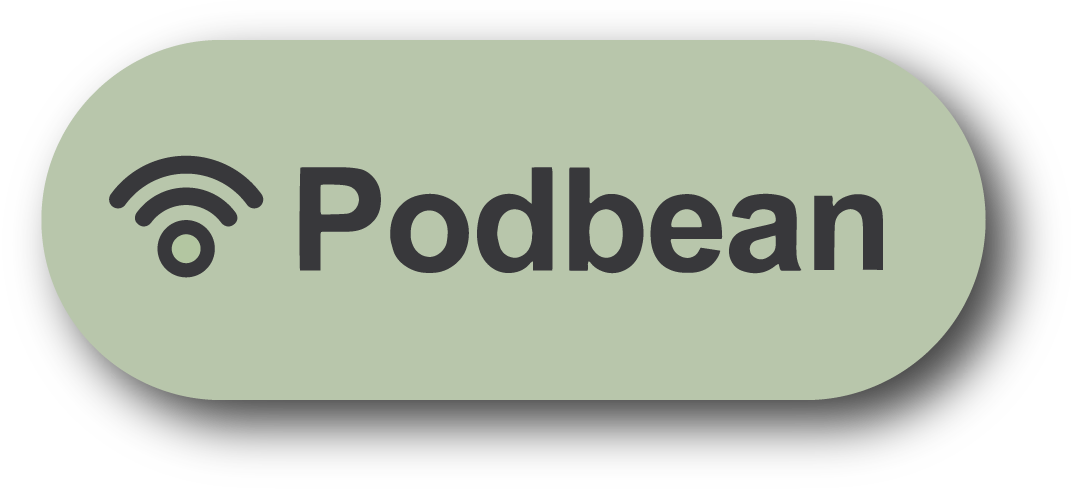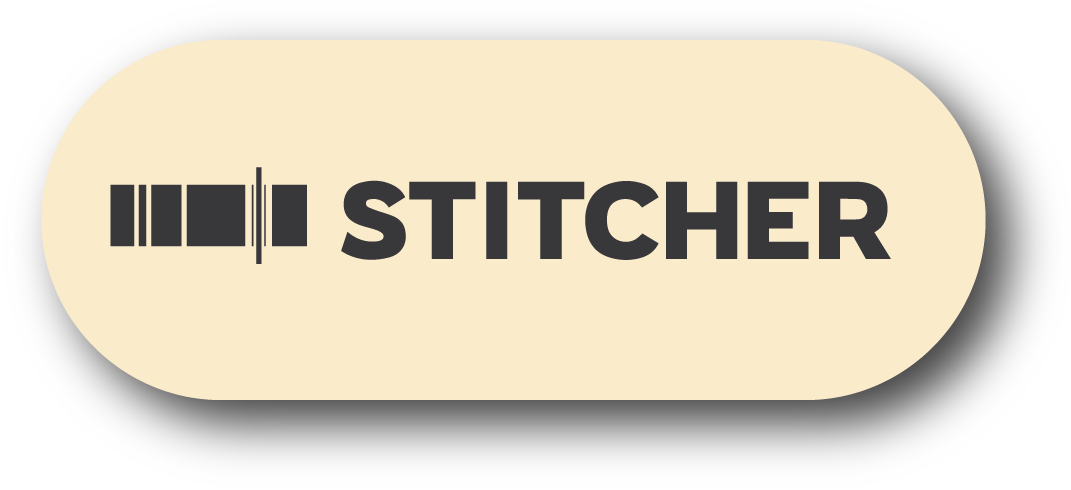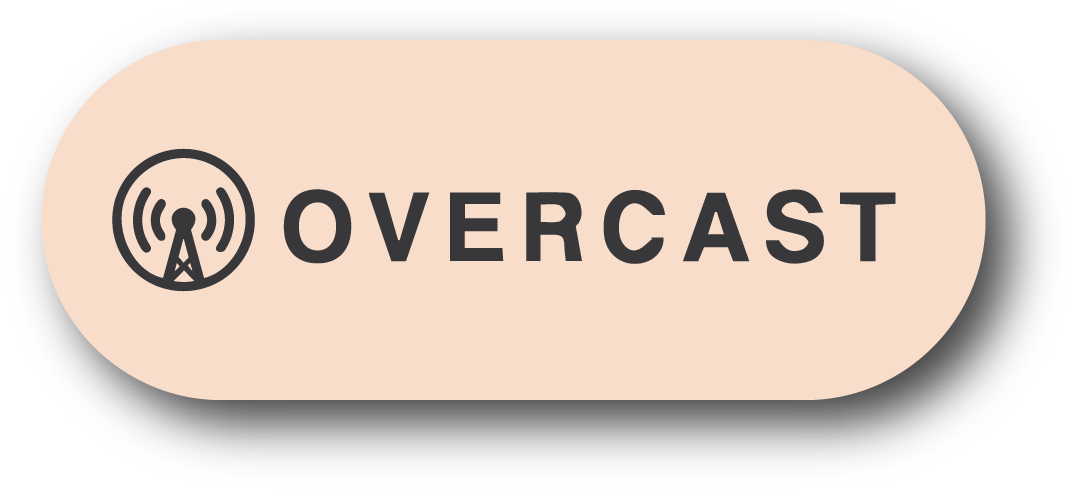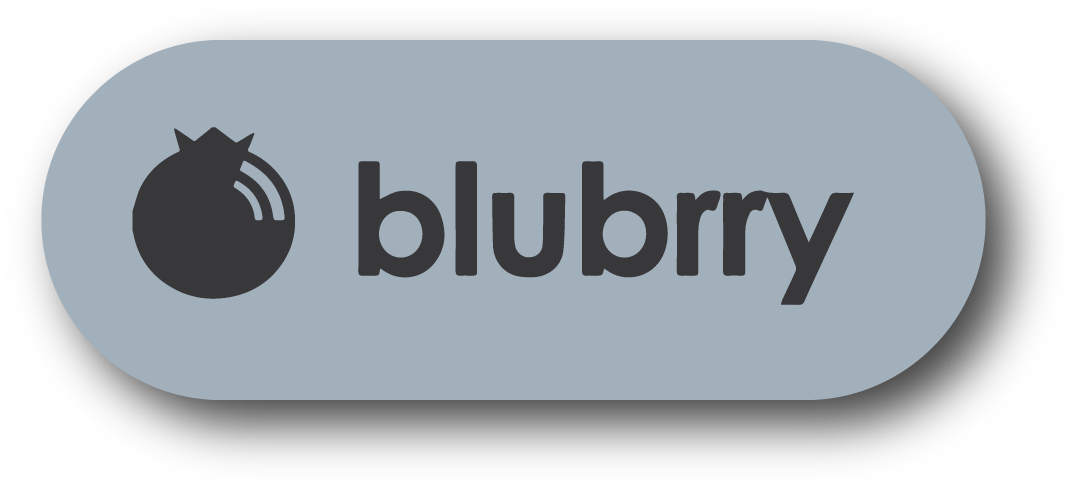#442 - JASON SOMERS & STEVEN SOMERS, President & CEO of Crest Real Estate
SUMMARY
This week David and Marina of FAME Architecture & Design are joined by Jason Somers and Steven Somers, President and CEO of Crest Real Estate. They discussed the process of wildfire home rebuild; qualifying rebuild regulations in LA; the site clearing process; building like-for-like; recreating neighborhood with unique character; fire-resistant home design; the Case Study 2.0 program; and more. Enjoy!
TIMESTAMPS
(00:00) Crest Real Estate resources for wildfire rebuild.
(07:17) Process of wildfire home rebuild.
“It’s important to plan aggressively before the start of each project phase. It's unbelievable how often clients will rush ahead and then end up losing time from something that was missed, because there wasn't proper planning upfront. So, before the architect puts pen to paper, figuring out what is the zoning and building regulations enables you to design once and get it right from the outset. It's critical to do the due diligence upfront because if you then get into the plan check process and things were missed, there will be design changes that cost money and time.” (14:53)
(17:53) LA qualifying rebuild regulations.
“The most important thing to note in the mayor's original executive order regarding the rebuilding process [in the city of Los Angeles] is that she made it very clear that all fire rebuilds, regardless of whether you are under 110% or over 110%, will go through an expedited plan check review process. So regardless of the 110% threshold, if you are a fire rebuild project, you will get an expedited plan check review with the City of Los Angeles.” (21:20)
(31:22) Site clearing process.
(38:42) Building like for like.
“If you had a set of plans for a house that was built not that long ago and you want to rebuild the same thing, feel free to reuse that set of plans to build like for like. But generally, if you're staying under the 110% threshold, it's about the massing and staying within the bulk, volume, height, and location of the building. But you can change the style, the floor plans, the finishes, all of that completely. It can look like a completely different house. And if you're going above 110%, which is not such a big deal, you really don't have to worry about like for like at all.” (39:05)
(42:38) Recreating neighborhood with unique character.
“The key is variety. If you're going down the different blocks in these neighborhoods, it doesn't feel like a truly pre-planned track development with houses that are replicas of each other. There were some beautiful houses and there were some average houses, but it was part of a fabric of a community that evolved over time with different products that were out there. So, I think the key is having a variety of prefab, large-scale construction companies and individual homeowners to rebuild the neighborhood together. It really is all these things coming together to recreate a neighborhood with unique character overnight, which is not an easy thing to do.” (45:34)
(46:42) Fire resistant home design.
“They could have been foresight from the state and insurance companies to prevent a lot of [the wildfire spread]. There are certain houses that had fire hardened materials, exterior sprinkler systems, and vent covers that are existing amongst chaos and destruction all around them. The fires can still happen, but you need to make sure that it doesn't happen from the embers getting inside the house. We already spend all this money on improving the city, so it'd be nice to make exterior sprinkler systems and other fire prevention mechanisms a requirement.” (48:47)
(54:18) Case Study 2.0 program.
(01:04:48) Submitting to the Case Study 2.0 program.
“We've got this crisis of great architecture costing an exorbitant amount of money and limiting great architecture to such an elite few is a big problem. So, we've tasked these architects throughout the country and the world to create a prototype house that has efficiencies and replication ability to create scalability. The architects are working together to come up with ideas of things that can be utilized across all the different projects and design. The more people that get involved to implement these projects, the more scalability and efficient we can be in solving for factors like cost efficiency, fire hardening, health and wellness.” (56:07)













